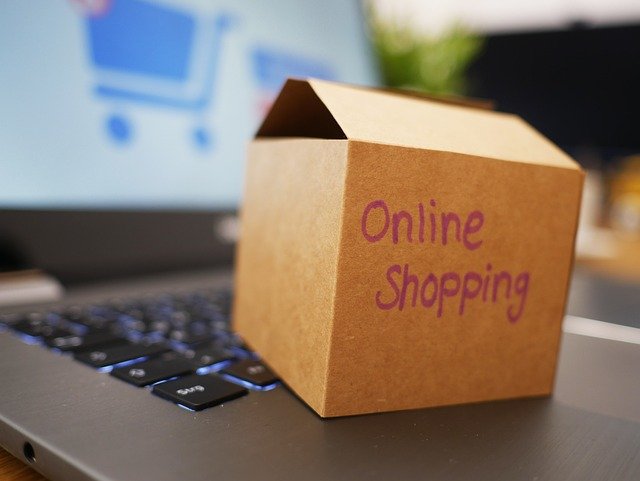Practical Guide to Secure Online Purchases Worldwide
Making secure online purchases worldwide requires understanding platform features, payment safeguards, and shipping practices. This article summarizes key steps buyers can take to verify authenticity, protect payment data, evaluate shipping and returns, and make informed pricing comparisons across providers and regions, with practical tips for sustainable choices.

Online shopping can be convenient and cost-effective, but it also brings risks that vary by platform and country. This guide offers clear, practical steps to help buyers protect personal and payment information, confirm product authenticity, navigate checkout and taxes, and evaluate shipping, returns, and sustainability factors when purchasing across borders.
Ecommerce platforms and authenticity
Different ecommerce platforms have varying controls over seller verification and product listing quality. When evaluating a platform, check seller ratings, verified-buyer badges, and platform policies on counterfeit goods. Look for clear product descriptions and multiple photos, and compare item details against manufacturer specifications. If authenticity is critical, prioritize sellers that offer serial numbers, certificates, or direct manufacturer fulfillment. Keep records of product pages and communications in case you need to dispute an order.
How to secure your checkout and payment
Secure checkouts use HTTPS and display clear payment provider logos. Prefer one-click or tokenized payments through reputable providers rather than storing card data on unfamiliar sites. Enable multi-factor authentication on accounts and use strong, unique passwords or a password manager. For international purchases, consider using virtual cards, payment services that offer dispute resolution, or escrow-style payments when available. Always confirm the final price at checkout, including any shipping, import duties, or currency conversion fees before completing payment.
Shipping, tracking, and fulfillment expectations
Shipping options affect delivery time, cost, and the ability to track parcels. Choose carriers that offer tracking numbers and delivery confirmation, and select insured or signature-required delivery for high-value items. Fulfillment methods differ: direct seller shipment, third-party logistics providers, or platform-managed fulfillment each have trade-offs in speed and reliability. Note estimated delivery windows and check tracking updates frequently. If customs clearance is involved, expect potential delays and additional fees; factor these into your planned delivery timeline.
Returns, taxes, and pricing transparency
Before buying, read the returns policy: who pays return shipping, how refunds are processed, and time limits for returns. For cross-border purchases, returns can be costly or restricted; examine local consumer protection rules and whether the seller offers local returns or refund centers in your area. Taxes and import duties may be added at checkout or collected on delivery—confirm whether the seller offers duties-paid options. Transparent pricing should show item price, shipping, taxes, and any handling fees before finalizing the order.
Using reviews, comparisons, and discounts wisely
Customer reviews provide useful context but can be biased or manipulated. Look for consistent, detailed reviews and verified-purchase tags. Use comparison tools to evaluate specifications, warranty terms, and total cost of ownership rather than only the headline price. Apply discounts and coupon codes carefully—verify coupon validity and watch for hidden minimum purchase requirements. Consider sustainability indicators such as recyclable packaging, carbon offset options, or seller statements on responsible sourcing when those factors matter to you.
Real-world pricing and provider comparison
When comparing providers, consider platform fees, fulfillment costs, and shipping rates as part of total cost. The following table lists typical seller or marketplace entry points and broad cost estimations for reference:
| Product/Service | Provider | Cost Estimation |
|---|---|---|
| Marketplace seller account (professional) | Amazon | Approx. $39.99/month + selling/fulfillment fees (varies by category) |
| Marketplace seller fees / listing | eBay | Final value fees typically a percentage of sale; optional store subscriptions range from low monthly to higher tiers |
| Hosted ecommerce platform subscription | Shopify | Monthly plans commonly range from about $29 to $299 depending on features (estimates) |
Prices, rates, or cost estimates mentioned in this article are based on the latest available information but may change over time. Independent research is advised before making financial decisions.
Conclusion Secure online purchasing worldwide depends on combining platform scrutiny, secure checkout habits, clear understanding of shipping and returns, and careful cost comparisons. Use verified payment methods, keep records of transactions, and verify seller authenticity. Factor in taxes, duties, and return logistics for cross-border orders, and rely on multiple information sources—reviews, seller policies, and official product listings—before completing a purchase.





